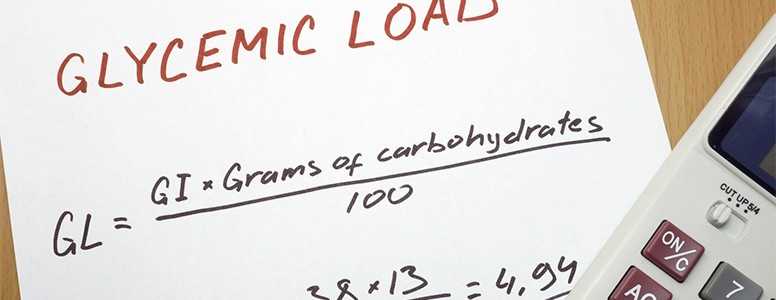Taking a glucagon-like peptide 1 (GLP-1) receptor agonist can help people who struggle to control their type 2 diabetes using insulin achieve better blood sugar levels.
A review of 10 clinical trials has shown GLP-1 receptors can have positive benefits on glycemic control and body weight without the added risk of hypoglycemia.
GLP-1 receptor agonists, also called incretin mimetics, copy the function of the pancreas which secretes insulin and glucagon. They are typically prescribed to people unable to control their blood glucose levels on other medication.
The patients in the trials, all of whom had poorly controlled type 2 diabetes, were all taking basal (background) insulin. They then added a GPL-1 analogue (lixisenatide or exenatide) to their medication routine or a fixed-ratio treatment of post-meal insulin (insulin glargine) with an GLP-1 analogue.
The majority of the studies showed that GLP-1 analogue therapy demonstrated superior efficacy when compared to adding insulin, with patients experiencing greater weight loss and less hypoglycemia.
Now, scientists from North York General Hospital in Toronto recommend that GLP-1 analogues could help to improve treatment targets among those with type 2 diabetes who struggle to keep their blood sugar levels within target range.
Speaking to Endocrine Today, Dr Ronald M. Goldenberg, an endocrinologist with LMC Thornhill and North York General Hospital in Toronto, said: “Consider a prandial GLP-1 receptor agonist when glycemic targets are not met with basal insulin as an alternative to adding mealtime insulin.
“This will offer excellent efficacy with less hypoglycemia and less weight gain than adding mealtime insulin. Fixed-ratio combinations allow for a simple, once-daily injection of a combination GLP-1 receptor agonist with basal insulin.”
The findings have been published online in the journal Current Medical Research and Opinion.
What's new on the forum? ⭐️
Get our free newsletters
Stay up to date with the latest news, research and breakthroughs.





